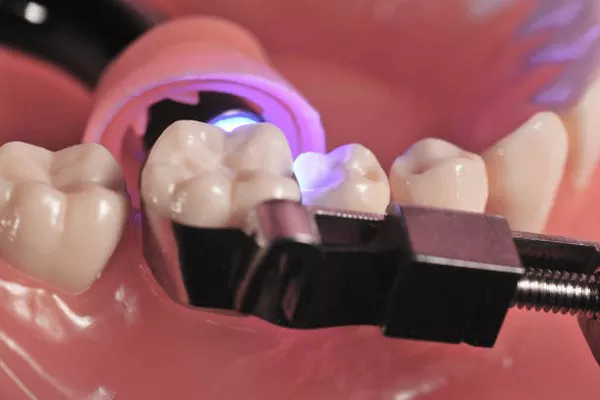In the quest for a pristine living or working environment, deep cleaning emerges as a crucial aspect of maintenance. However, one common concern prevails among conscientious individuals: How long should a deep cleaning take to ensure thoroughness without becoming a time-consuming ordeal? In this article, we delve into the intricacies of deep cleaning, offering insights and guidelines to strike the perfect balance between effectiveness and efficiency.
1. Understanding the Scope of Deep Cleaning
Deep cleaning involves a comprehensive and meticulous approach to cleaning, going beyond the surface to eliminate hidden dirt, grime, and bacteria. The first step in determining the duration of a deep cleaning session is understanding the scope of the task at hand. Consider the size of the space, the extent of clutter, and the specific areas requiring special attention.
Sub-item 1.1: Room-by-Room Analysis
Begin with a room-by-room analysis to identify high-traffic zones and areas prone to accumulation of dust and allergens. This analysis not only streamlines the cleaning process but also enables a more accurate estimation of the time needed for each section.
Sub-item 1.2: Assessing Furniture and Fixtures
Take stock of furniture and fixtures, as they significantly influence the time required for deep cleaning. Larger spaces with numerous items may necessitate more time, while minimalistic interiors might expedite the process.
2. Implementing Efficient Cleaning Techniques
Once the scope is defined, optimizing the cleaning techniques becomes paramount. Efficiency is the key to ensuring a deep cleaning session is thorough without becoming an all-day affair. Employing advanced cleaning methods can significantly contribute to time savings.
Sub-item 2.1: Utilizing Technology and Specialized Tools
Incorporating technology and specialized tools can expedite the cleaning process. High-powered vacuum cleaners, steam cleaning machines, and other modern gadgets can efficiently tackle stubborn stains and hidden dirt, reducing the overall time required.
Sub-item 2.2: Establishing a Systematic Cleaning Routine
Establishing a systematic cleaning routine is pivotal in maintaining efficiency. Start from top to bottom, ensuring that dust and debris dislodged from higher surfaces do not settle on freshly cleaned areas. This strategic approach minimizes the need for rework and enhances overall productivity.
3. Setting Realistic Timeframes
While efficiency is crucial, it is equally important to set realistic timeframes for deep cleaning. Rushing through the process might compromise the quality of cleaning, rendering the effort ineffective. Striking a balance between speed and thoroughness is the key to a successful deep cleaning session.
Sub-item 3.1: Time Allocation for Different Areas
Allocate time judiciously for each section based on the room-by-room analysis. High-traffic areas, kitchen spaces, and bathrooms may require more time due to their susceptibility to dirt and bacteria. Conversely, less frequented spaces can be addressed more swiftly.
Sub-item 3.2: Incorporating Breaks for Larger Spaces
For larger spaces, incorporating short breaks strategically can prevent fatigue and maintain cleaning efficacy. Breaking down the task into manageable segments with intermittent pauses ensures sustained focus and energy.
4. Professional Cleaning Services: A Time-Saving Option
For those with demanding schedules, considering professional cleaning services is a viable option. These experts are equipped with the knowledge, tools, and experience to perform deep cleaning efficiently, often in a fraction of the time it might take for an individual.
Sub-item 4.1: Researching Reputable Cleaning Services
When opting for professional cleaning services, thorough research is imperative. Look for reputable providers with positive reviews and a track record of delivering efficient deep cleaning services. This ensures that the investment in professional assistance is well-placed.
Sub-item 4.2: Customized Services for Specific Needs
Many professional cleaning services offer customized packages tailored to specific needs. Whether it’s a one-time deep cleaning or a regular maintenance plan, choosing a service that aligns with your requirements can optimize both time and results.
5. Maintenance Tips to Prolong Deep Cleaning Results
After investing time and effort in a deep cleaning session, it’s essential to implement maintenance strategies that prolong the cleanliness of your space. This not only reduces the frequency of deep cleaning but also contributes to a consistently hygienic environment.
Sub-item 5.1: Regular Cleaning Schedules
Establishing regular cleaning schedules for routine maintenance can prevent the buildup of dirt and grime, minimizing the need for frequent deep cleaning sessions. Consistency in cleaning efforts goes a long way in sustaining a clean and healthy space.
Sub-item 5.2: Incorporating Preventive Measures
Implementing preventive measures, such as doormats to trap dirt, using protective covers for furniture, and sealing surfaces to repel stains, can significantly reduce the occurrence of deep-seated dirt. These proactive steps contribute to a cleaner environment over time.
In conclusion, the duration of a deep cleaning session is contingent on various factors, including the scope of the task, efficient cleaning techniques, realistic timeframes, and the option of professional cleaning services. By understanding these aspects and implementing strategic approaches, individuals can strike a balance between a thorough cleaning regimen and time efficiency, ultimately enjoying a clean and healthy living or working space.
Related Links:
How often should scaling of teeth be done?
How long does a deep dental cleaning take?
How often should you get a scale and polish?































